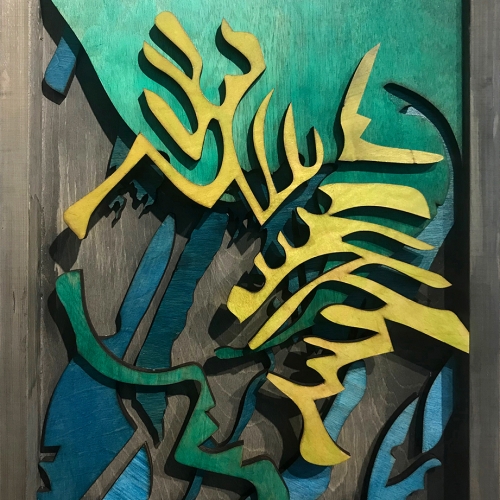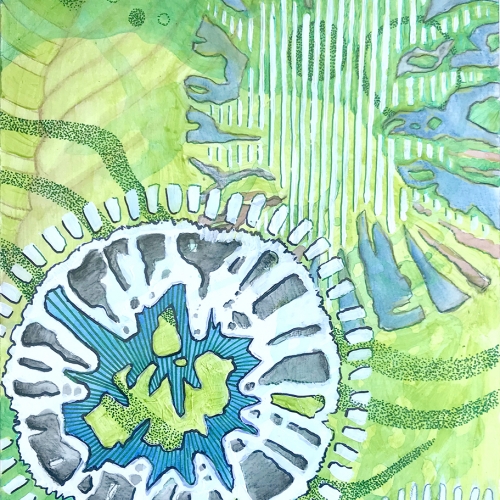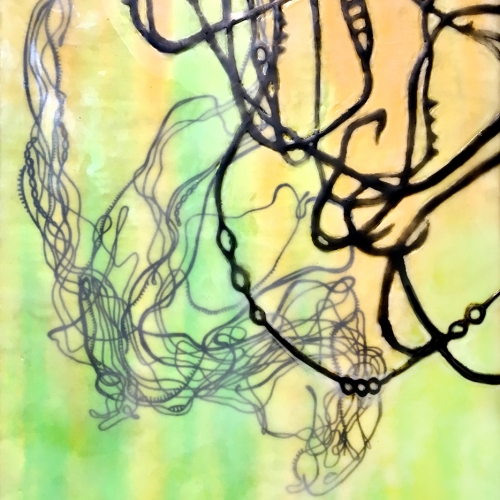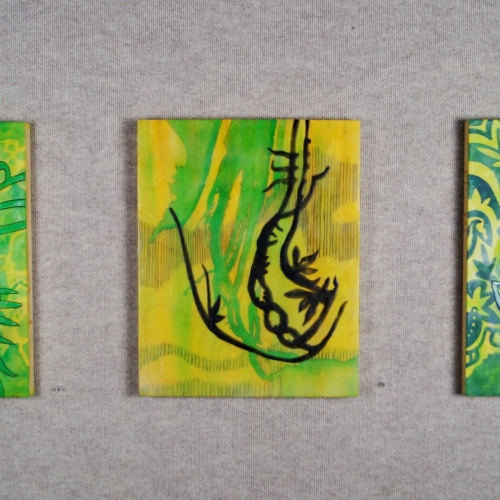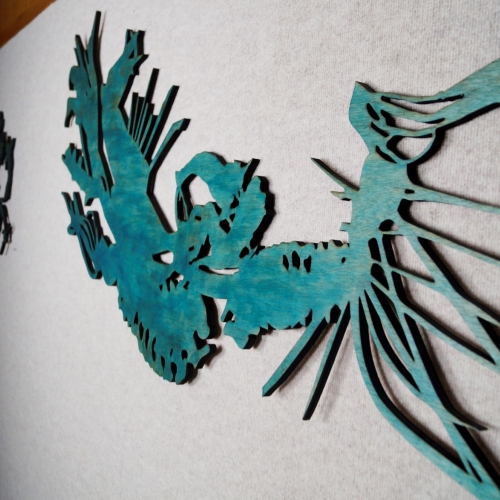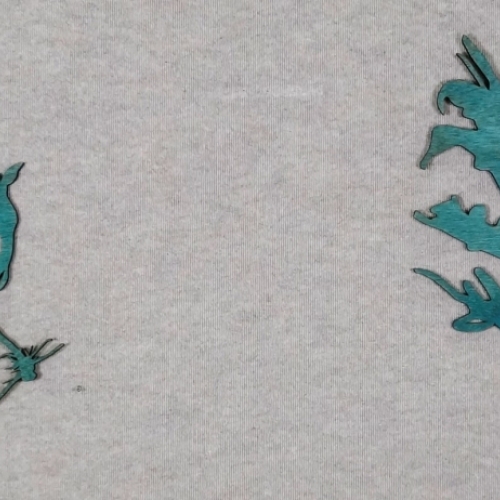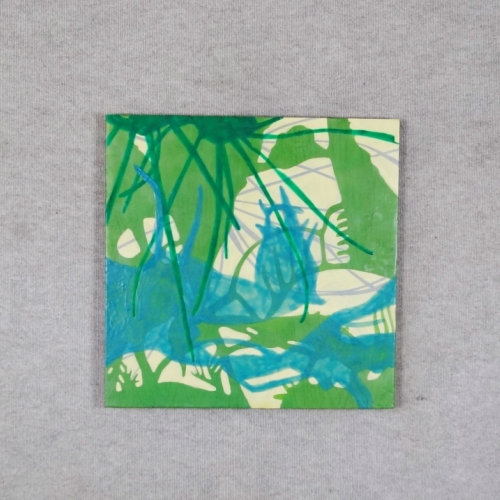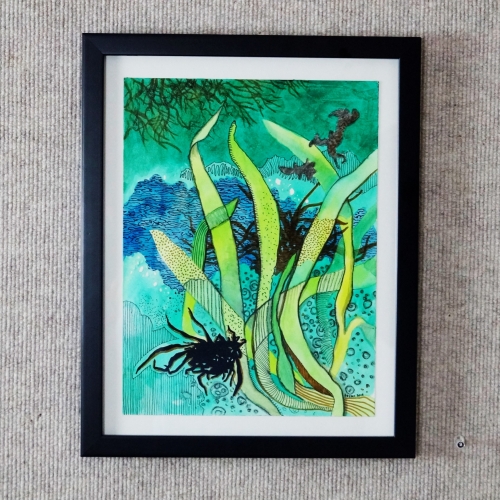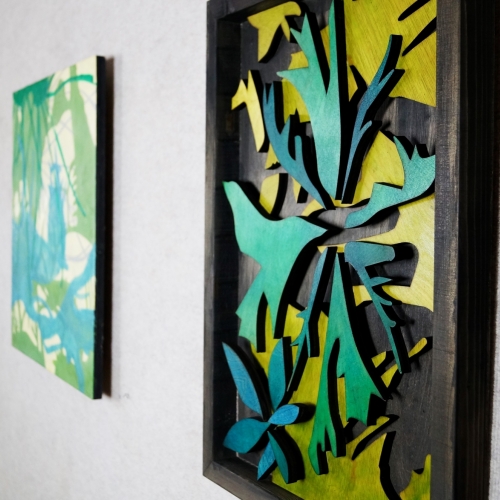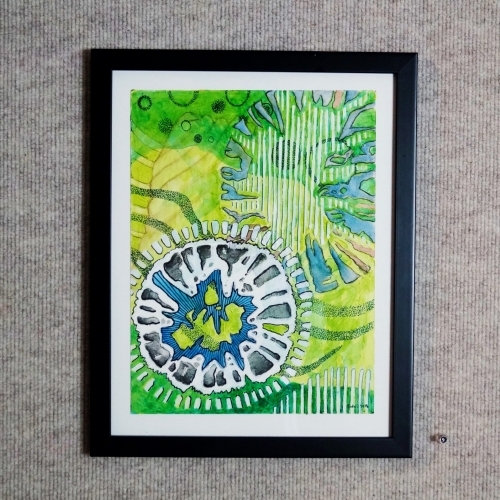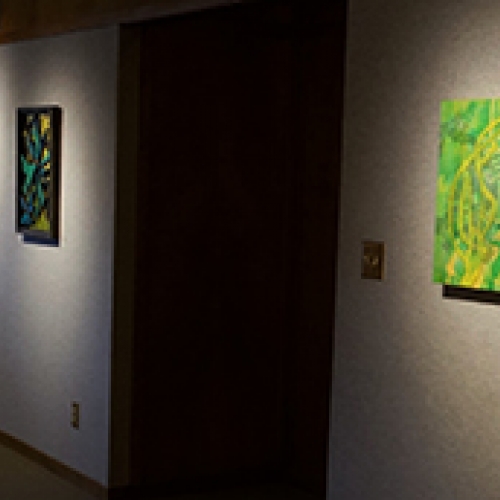From the Wanderings
From the Wanderings
ARTIST STATEMENT
Wandering the riverbanks of the Midwest, high deserts of the Southwest, rugged coastlines of the Pacific Northwest, Eastern European hillsides and tropical rainforests, I collect my visual sources to result in artwork that is anchored in natural forms - either explicitly in landscape or subtly in abstraction and pattern. Subtle similarities of growth and decay are the main focus when found objects or ephemera are points of inspiration. Imagery shifts from delicate and intricate to bold and invasive. As my work alternates between realism, design, illustration and pattern, the medium changes from project to project to include encaustic painting, drawing, murals, photography, video and installation.
Found objects or ephemera are starting points for my work: deteriorating or jumbled matter, mold and rust formations, meandering shadows, broken electronics and wiring. Depending on the level of permanence of a situation, found objects are collected and brought back to the studio, photographed or sketched on-site. Form and surface textures are examined and alternately interpreted in both descriptive rendering and extreme simplification. Layers of transparency in drawing and painting allow for multiple views of observation to merge into one work.
Stylistically, the work is a combination and juxtaposition of illustration, design and oceanic traditions of tattoo art. Having been raised in the Sawiyano territory of Papua New Guinea, Sepik style patterning and carved line-work influences my work. Training in graphic design persuades me of the power of bold and simple shapes. And, not least of all, a background in academic painting convinces me to sometimes build up tone and color. I do not deem one way of working more important than another. The project itself deems which method, style, or media will be utilized best.
ENCAUSTIC PROCESS
Encaustic painting, also known as hot wax painting, involves using heated beeswax to which colored pigments are added. Encaustic mixtures can be made from adding pigments to beeswax, but there are several other recipes that can be used — some containing other types of waxes, damar resin, linseed oil, or other ingredients. I use brushes to paint the melted mixture onto a panel, which lies horizontally on my table so that the melted wax doesn’t run. I paint swiftly, often only a few strokes at a time, for the wax cools very quickly. Each subsequent thin glaze or layer is bonded to the one below it by re-melting with a heat gun. I carve into the surfaces and fill the areas with wax and pigments.

